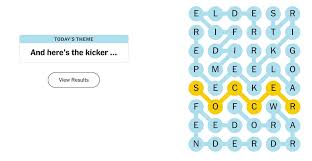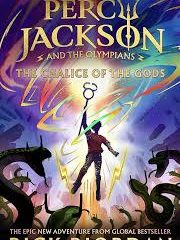Exploring the NYT Strands Puzzle: A New Word Challenge

Introduction
The New York Times (NYT) has long been synonymous with high-quality journalism and compelling puzzles. One of its recent introductions, the NYT Strands Puzzle, has captivated word enthusiasts and casual readers alike. As the popularity of word puzzles continues to rise, this unique brain teaser is making headlines. The Strands Puzzle offers a fresh perspective on traditional word play, encouraging individuals to engage their minds while having fun.
What is the NYT Strands Puzzle?
The NYT Strands Puzzle is a word-based challenge designed to test players’ vocabulary, problem-solving skills, and creativity. Unlike typical crossword puzzles, this format involves connecting words based on a specific theme or category. Players are given a set of letters or prompts from which they must create related words or phrases, fostering a sense of accomplishment as they navigate through the clues.
Why the Strands Puzzle is Gaining Popularity
One of the main factors contributing to the Strands Puzzle’s growing appeal is its accessibility. With more people turning to digital solutions for entertainment, the NYT Strands Puzzle can be played on various devices, reaching a broader audience. Additionally, its unique structure encourages collaborative play, allowing friends and family to work together to solve the challenges. This sense of community is particularly appealing during times when many are seeking social connections.
Another reason for its rise is that puzzles like the Strands engage both the young and old, making word play a favored pastime for all generations. Educational psychologists suggest that engaging with puzzles enhances cognitive functions such as critical thinking and memory retention, making games like the Strands Puzzle not only entertaining but also beneficial for mental health.
Forecast for the Future
As more people become aware of the NYT Strands Puzzle, it is likely to continue gaining traction in the world of word games. The New York Times plans to introduce themed editions of the Strands Puzzle, aligning them with current events or seasonal festivities, which could further enhance engagement. There is also potential for integration with social media platforms, allowing players to share their completed challenges and experience a sense of community online.
Conclusion
The NYT Strands Puzzle exemplifies the evolution of word games in the digital age. Its combination of accessibility, cooperative play, and cognitive benefits makes it an attractive option for individuals seeking both entertainment and mental stimulation. As the puzzle continues to grow in popularity, it is poised to become a staple for those who enjoy word challenges, paving the way for innovative designs in the future.









